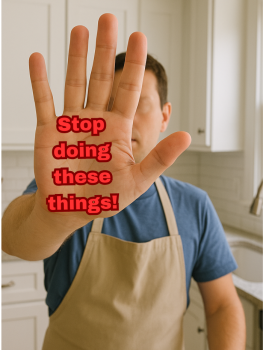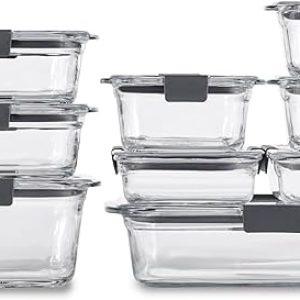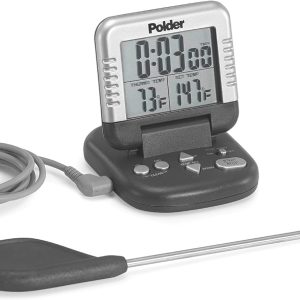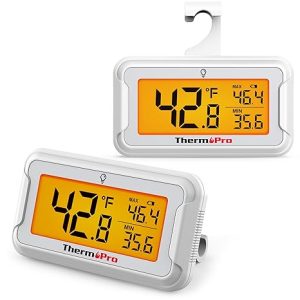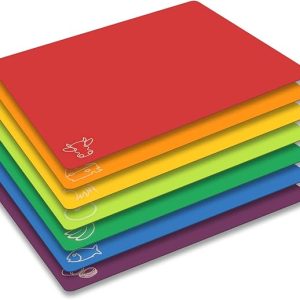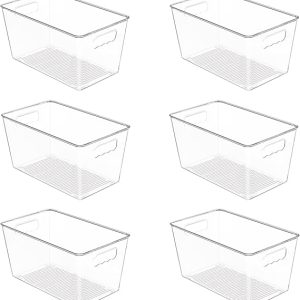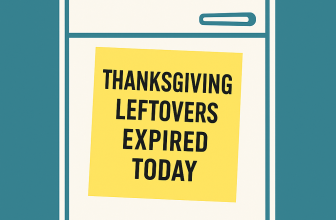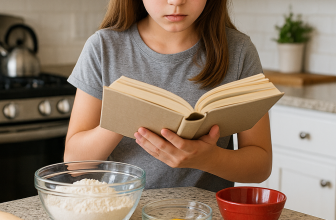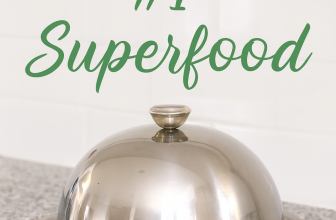There are things I do in the kitchen without thinking, simply because that’s how I’ve always done them. I’ve never questioned many of these lifelong habits. However, as I learn more about proper food safety and handling, it’s clear that I might be making a few missteps that compromise the quality of my food or could even make me ill.
Luckily, I haven’t ever gotten sick, but just because I’ve dodged that gastrointestinal bullet doesn’t mean I should continue. I think we are all guilty of some food storage and handling habits that seem pretty harmless, like tossing hot leftovers straight into the fridge, washing raw chicken, or reheating rice multiple times. But some of these shortcuts are actually dangerous.
The good news is that a few easy changes can turn risky routines into safe, savvy habits that keep your meals fresh, flavorful, and bacteria-free.
Stop doing these things!!
Storing Cut Onions Wrong
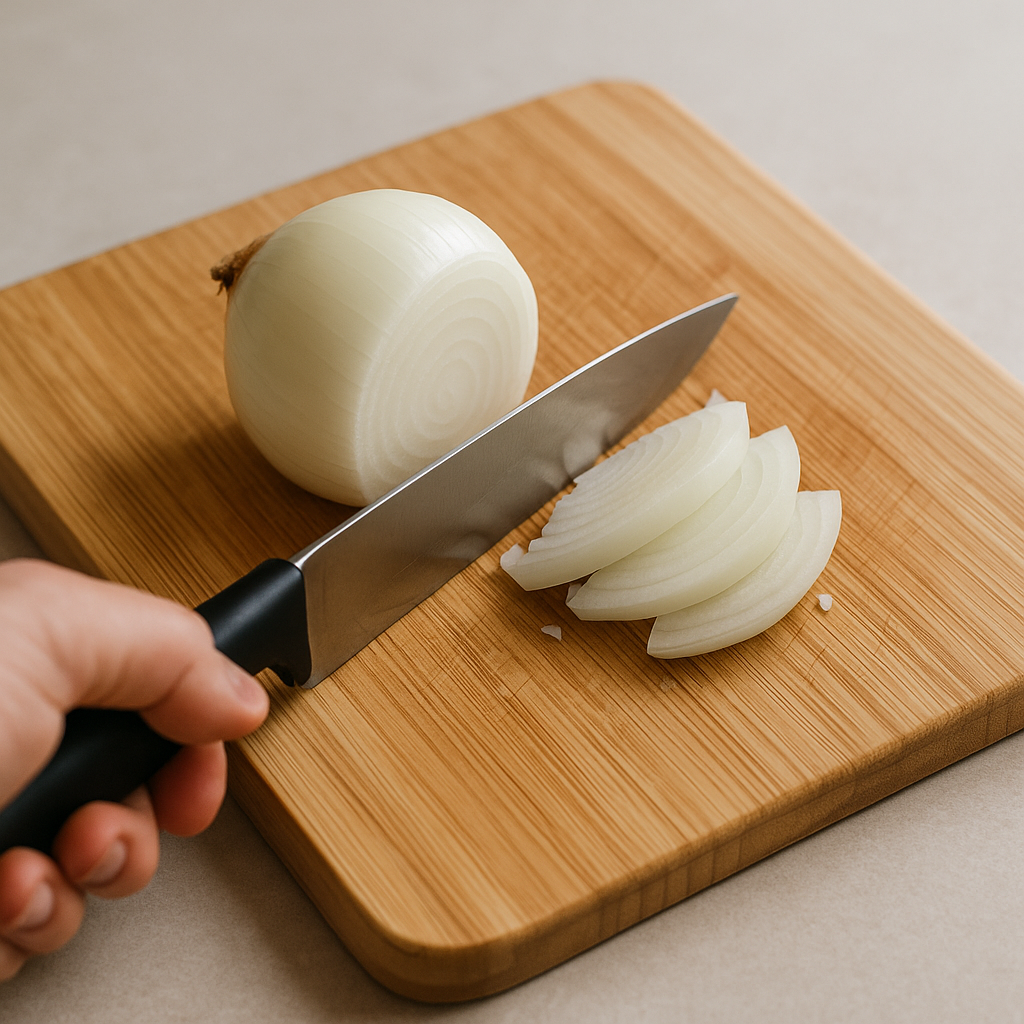
The Bad Habit: Leaving half an onion on the counter or loosely wrapped in the fridge.
Why It’s a Problem: Cut onions absorb moisture and odors easily and can grow bacteria fast.
The Smarter Fix: Store cut onions in an airtight container in the fridge and use within 3–4 days. You can also dice and freeze extras for cooking later.
Putting Hot Food Straight into the Fridge
The Bad Habit: Moving a steaming pot directly to the refrigerator.
Why It’s a Problem: Hot food raises the fridge temperature, putting everything inside in the “danger zone” where bacteria thrive.
The Smarter Fix: Let food cool for 20–30 minutes, then refrigerate in shallow containers so it chills quickly and evenly.
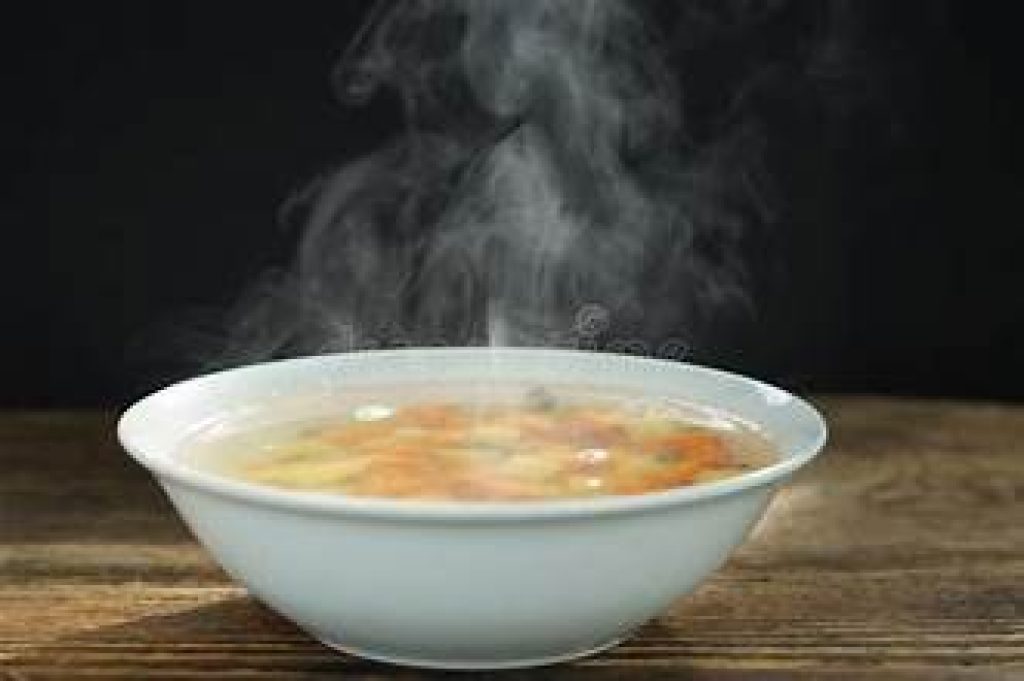
Reheating or Storing Rice Incorrectly
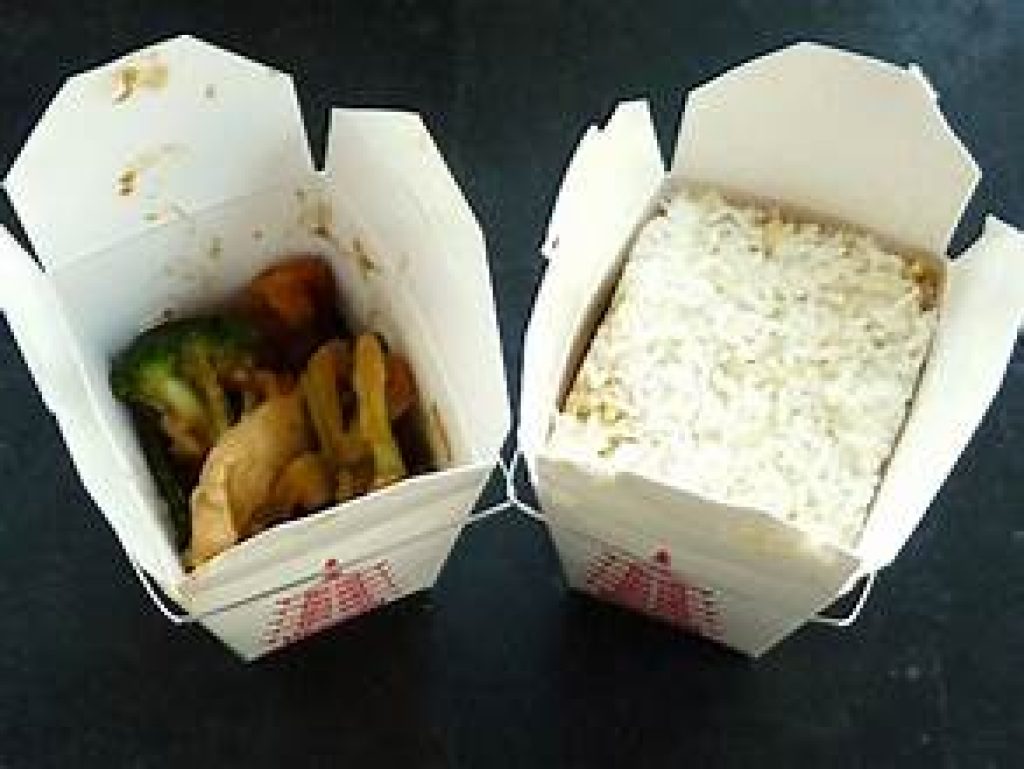
The Bad Habit: Leaving rice out for hours or reheating it multiple times.
Why It’s a Problem: Cooked rice can harbor Bacillus cereus, a bacterium that survives cooking and multiplies quickly if rice isn’t cooled and stored properly.
The Smarter Fix: Cool rice within an hour, refrigerate for up to 3 days, and reheat only once. Be sure it’s piping hot all the way through.
Thawing Meat on the Counter
The Bad Habit: Leaving frozen meat out all day to thaw.
Why It’s a Problem: Bacteria multiply fast on the surface while the inside is still frozen.
The Smarter Fix: Thaw meat in the fridge overnight, in cold water (changed every 30 minutes), or use your microwave’s defrost function.
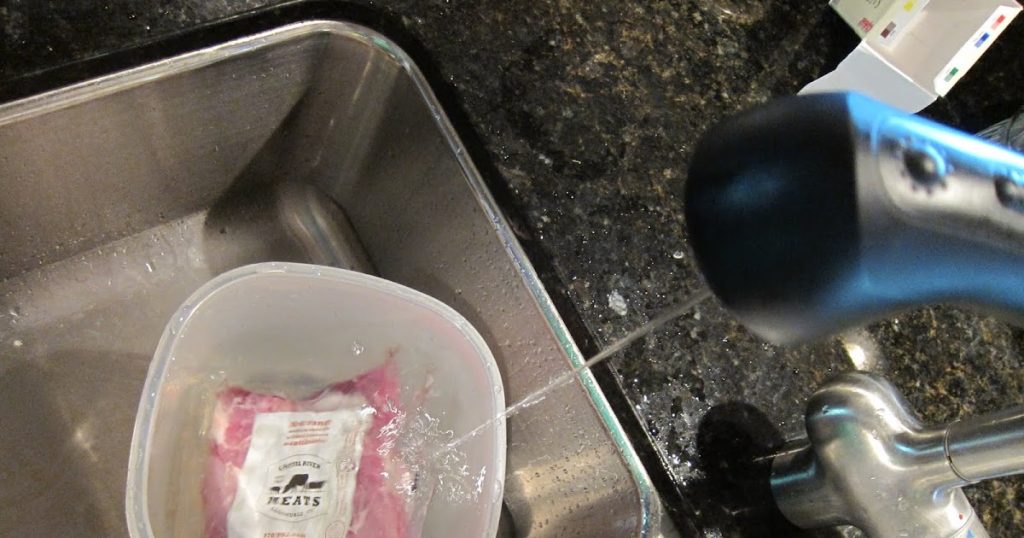
Washing Raw Chicken
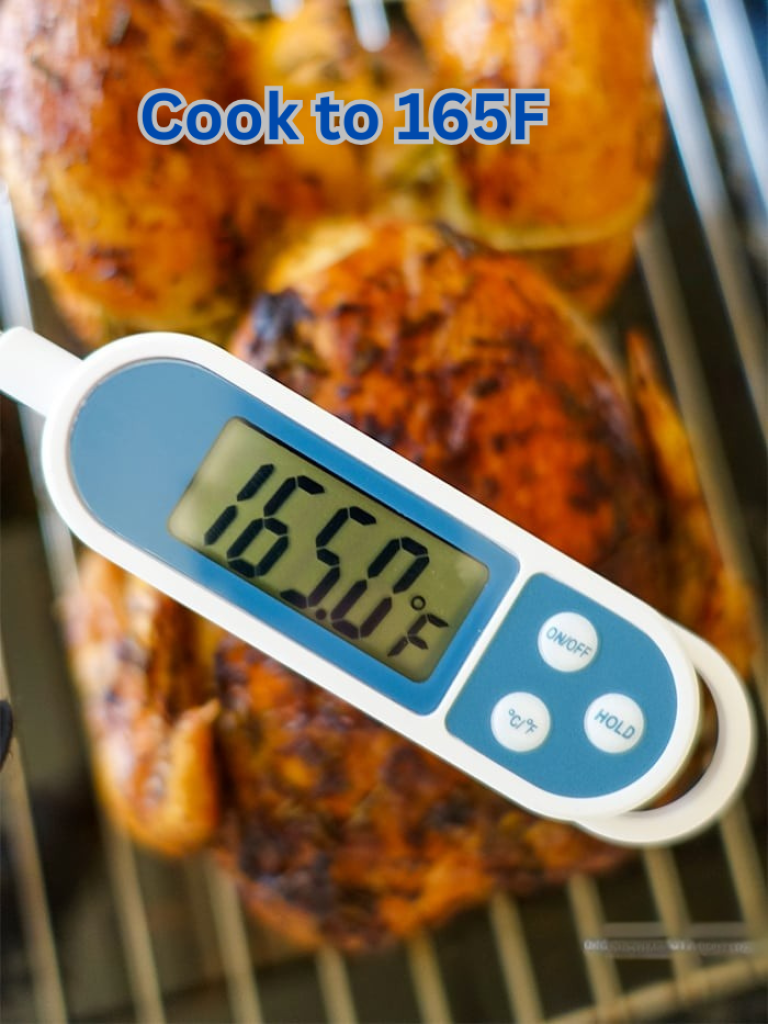
The Bad Habit: Rinsing raw chicken before cooking.
Why It’s a Problem: Water droplets spread bacteria like Salmonella around your sink and counters.
The Smarter Fix: Skip rinsing. Cooking chicken to 165°F kills bacteria.
Not Reheating Leftovers Hot Enough
The Bad Habit: Warming food until it “looks hot.”
Why It’s a Problem: Microwaves heat unevenly, leaving cold spots where bacteria can survive.
The Smarter Fix: Reheat to 165°F throughout, stirring midway to distribute heat evenly.
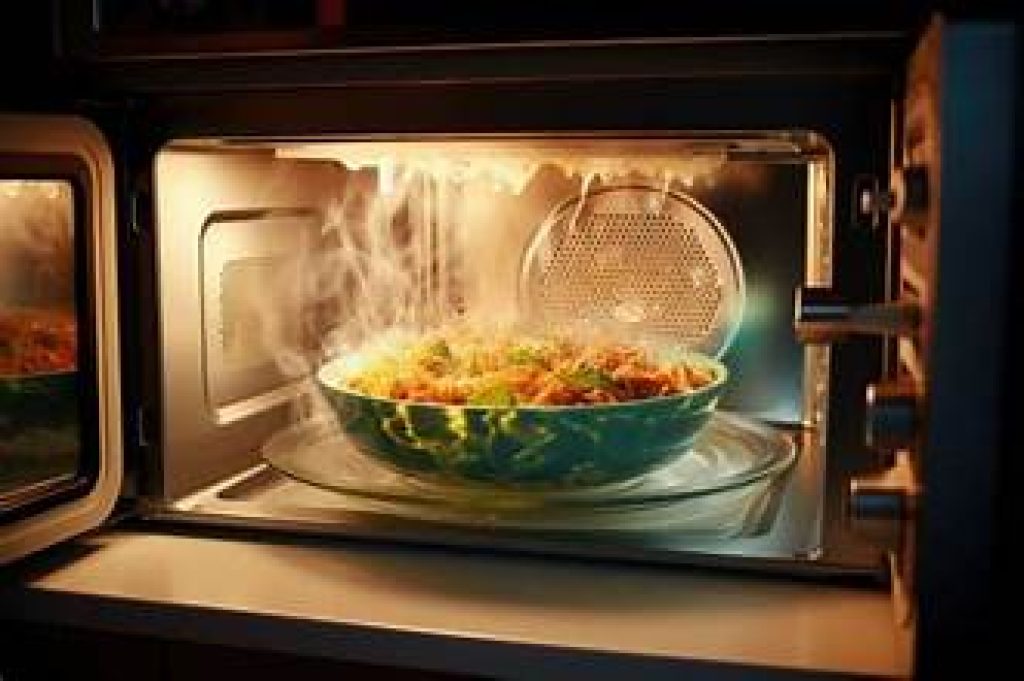
Storing Milk & Eggs in the Fridge Door
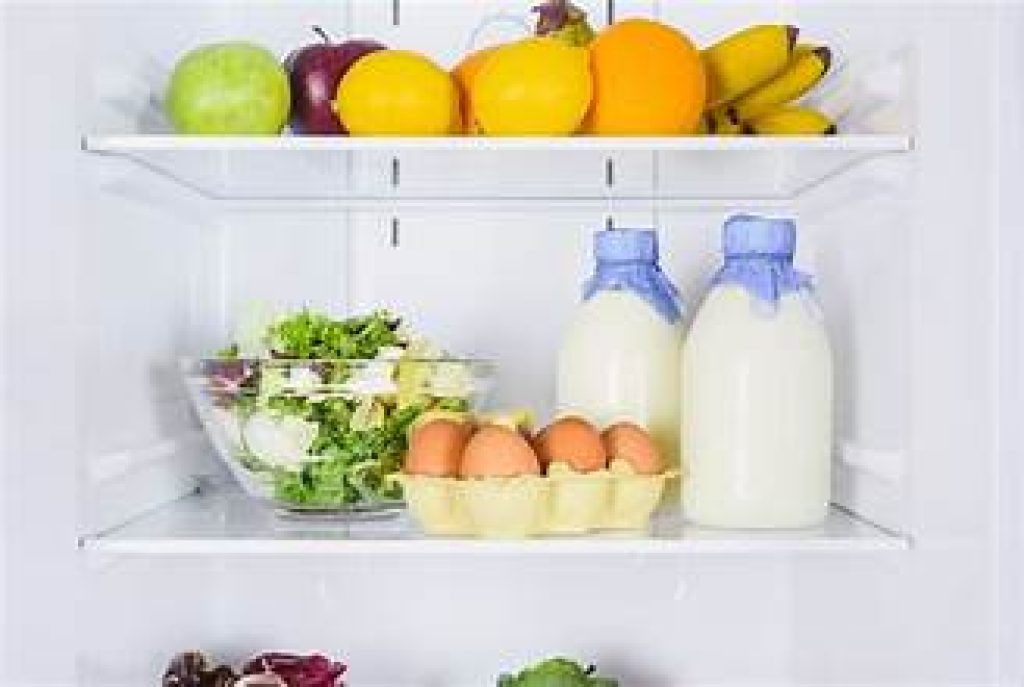
The Bad Habit: Keeping dairy in the door for convenience.
Why It’s a Problem: The fridge door warms up every time you open it, shortening shelf life.
The Smarter Fix: Store milk, eggs, and yogurt on the middle shelves, where temperatures stay consistently cold.
Leaving Food Out Too Long
The Bad Habit: Forgetting leftovers on the counter for hours (or overnight).
Why It’s a Problem: Food sitting out for more than two hours enters the bacterial “danger zone.”
The Smarter Fix: Refrigerate leftovers promptly, even if you have to set a timer after dinner to remind yourself.
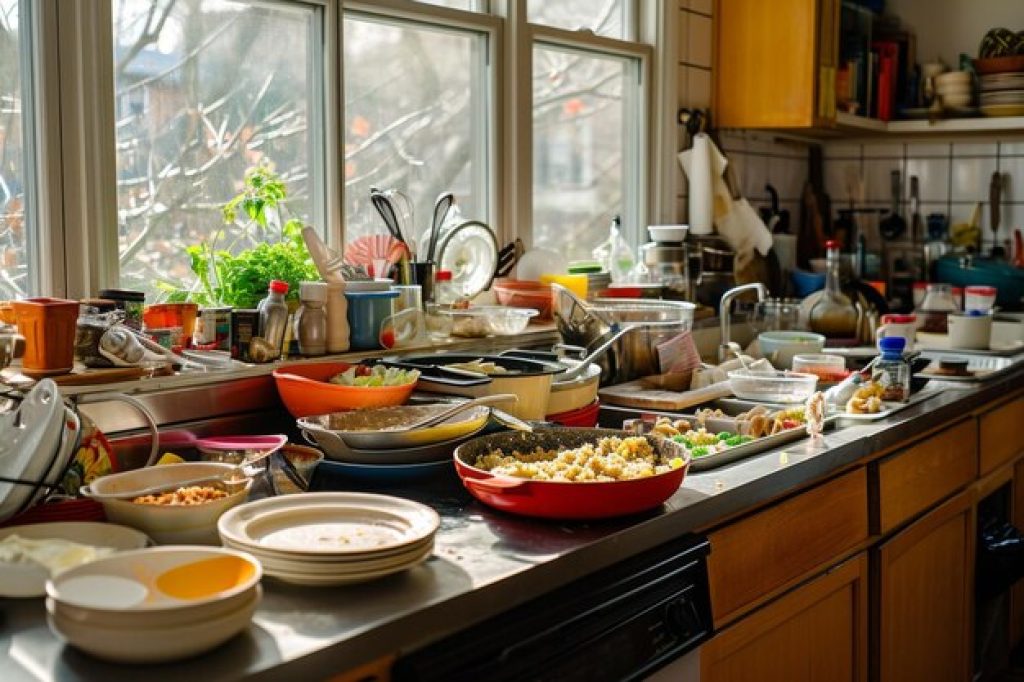
Overstuffing the Fridge
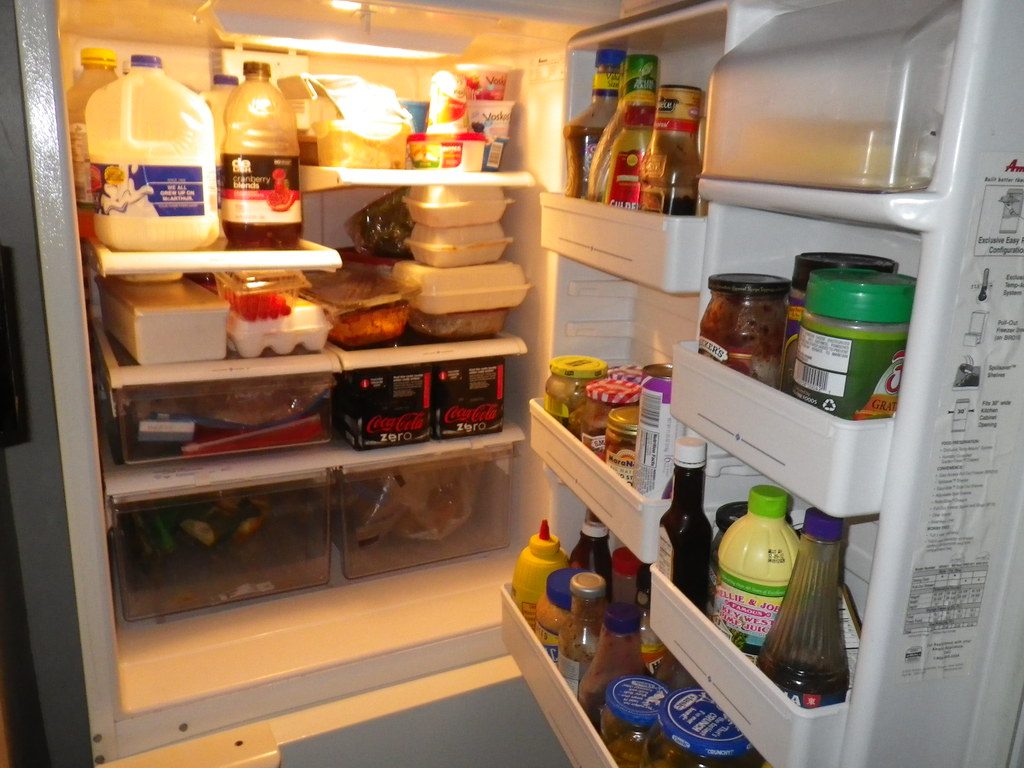
The Bad Habit: Packing the fridge to the brim after grocery shopping.
Why It’s a Problem: Poor airflow means uneven cooling, which can cause some foods to spoil faster.
The Smarter Fix: Leave space between items for cold air to circulate. Use bins and labels to stay organized.
Using the Same Cutting Board for Meat & Produce
The Bad Habit: Chopping raw chicken and then slicing veggies on the same board.
Why It’s a Problem: Cross-contamination spreads harmful bacteria to ready-to-eat foods.
The Smarter Fix: Use separate cutting boards (color-coded if possible) for meat, produce, and cooked foods.
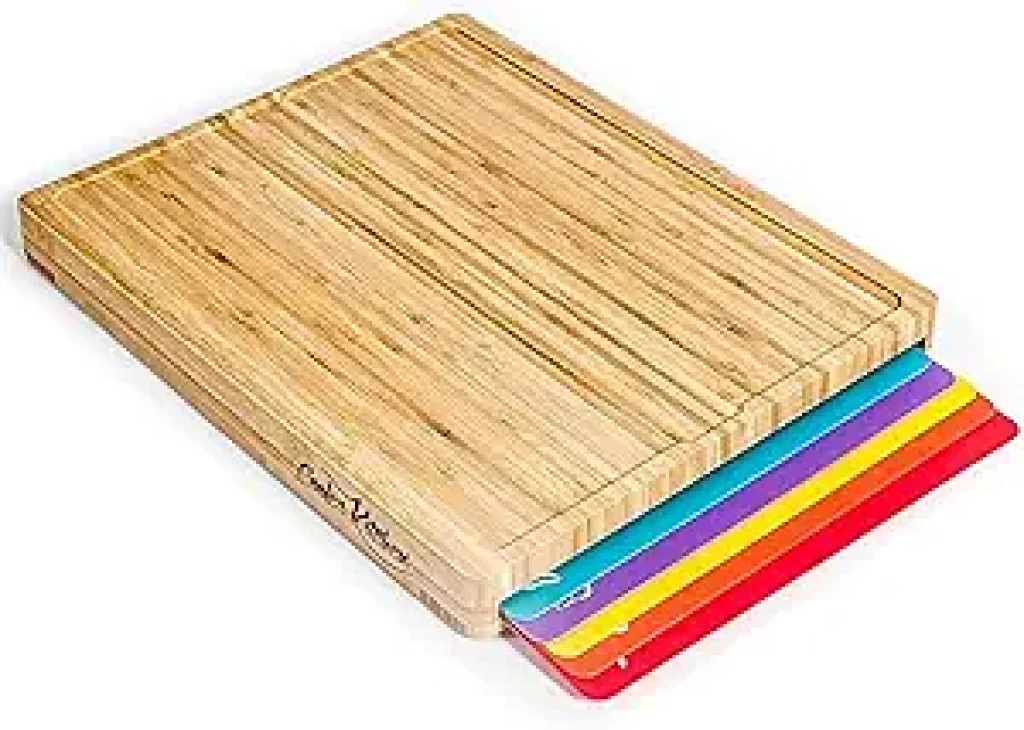
Bonus: Smarter Storage Tips
- Keep your fridge below 40°F and freezer at 0°F.
- Label leftovers with dates. If you can’t remember when you made it, toss it.
- Use shallow containers for faster cooling.
- Never taste food to “check” if it’s still good. When in doubt, throw it out.
Food safety is the foundation of smarter home cooking. By breaking these small but risky habits, you’ll not only prevent foodborne illness but also keep your meals fresher and more flavorful. A smarter cook isn’t just about great recipes. It’s about knowing how to handle food the right way from start to finish.

